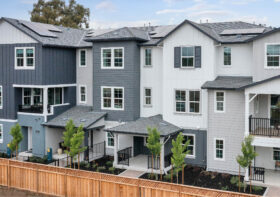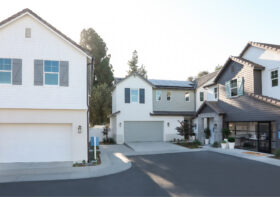Spotlight on Style: Bungalow
We can glean much about history through architecture since the events of history affect how we live, and therefore shape architecture. Earlier, we examined how the English Arts and Crafts Movement combined with Japanese building techniques to influence the Craftsman, an American original. Also here in Southern California in abundant excellence is the related Bungalow style, which furthers the Craftsman thread, but with an origin of its own—and one that impacts our industry still today.
In the 19th century, British officers serving in India built small, vernacular homes in the region of Bengal as places of respite or retreat. They were referred to as bangla, or Bengali, which meant “built in the Bengal style.” The identifiable features of the wide verandas, the low roofs with dormers, and the single-story open plans speak to the environmental conditions of the area. The plans were simple and allowed easy living through an efficient usage of space—tying all rooms in by a central living room.
During and after World War I, the style expanded to America and adapted to regional versions of the style, such as the Californian Bungalow with significant Craftsman influences and the Chicago Bungalow, which featured more brick veneer. With the rising popularity of Hollywood and advancement of technology, the Australians popularized their own “Californian Bungalow.” Why it did not become the Australian Bungalow, I cannot answer.
A combination of the lasting effects of the Industrial Revolution, over-stimulation of the ornate Victorian styles, and the everlasting American desire for property ownership set the stage for expansion of the simple Bungalow. Businesses like Sears, Roebuck and Company and Aladdin Company started catalogs of stylish, affordable, kit homes that were shipped with precut pieces and instructions directly to the lot and assembled by local craftsmen and homeowners themselves. These featured a variety of unique details that are often forgotten in today’s versions. While many styles were available, the Bungalow flourished with further inspiration from the work of Greene and Greene in California. This marked the beginning of affordable homes for the masses, while still allowing for the individual’s touch.
It is this last piece that resonates with today’s culture. The building industry’s efforts in streamlining construction methods, the prefabrication of building systems, and a trend toward greater open living areas, incorporate the ideals of a true Bungalow and provide more opportunities for ownership in any demographic. By adapting to historical cues, we allow our architecture to be shaped by the lives of its inhabitants; we design for homeowners a retreat—their very own little Bungalow.











Leave a Reply